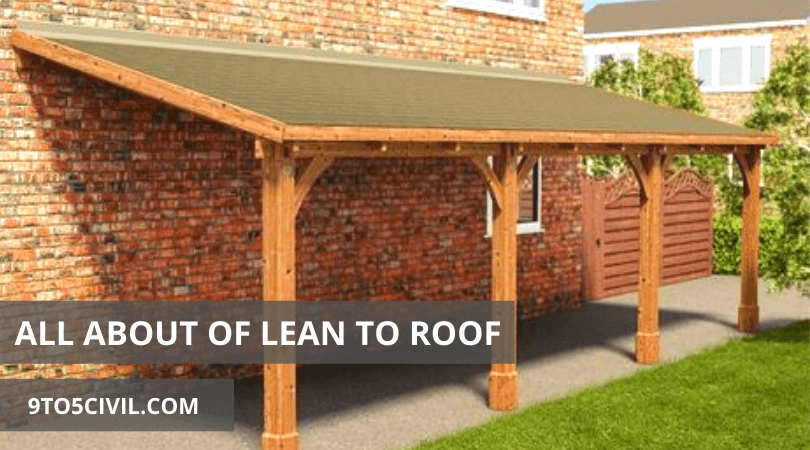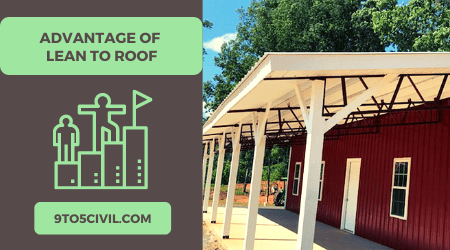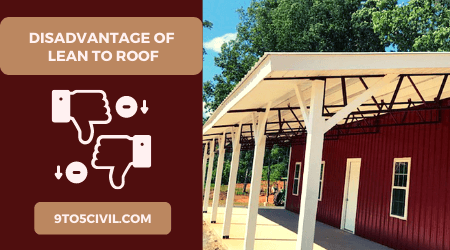Porch foundation detail
porch foundation detail: Footings carry the weight of the porch directly onto the soil. Depending on your specific geographical location, footings must be a minimum distance below grade to extend beyond the frost line and be sufficient in size to spread the load.
Skillion roof construction
skillion roof construction costSkillion roofs should have a primary roof pitch of between 10 and 15 degrees and secondary roof pitch of not less than 5 degrees; Homes with a roof pitch outside of these requirements will bE considered on architectural merit.
Well point
well point system design: A wellpoint system consists essentially of a series of closely spaced small diameter water abstraction points connected, via a manifold, to the suction side of a suitable pump. The wellpoint technique is the pumping system most often used for modest depth excavations, especially for trenching excavations.
Remove a non load bearing brick wall
how to remove a non load bearing brick wall:Start at the top of the wall and insert the tip of an air chisel into the mortar joint between the top row of bricks and the second row of bricks. Chisel between the bricks just enough to break the bond and pop the top brick loose. Alternatively, use a hand chisel and hammer.
Spread footing
what is spread footing? :Spread footings are used to support a foundation or set of piers below a building. To add additional support, spread footings are constructed with concrete and reinforced with steel.
What is a hip and valley roof?
hip and valley roof
1 The hip roof. A hip & valley roof is simply a modified or extended hip roof. The shape and pitch of the surfaces are basically the same, however the base shape changes from a simple rectangle to a 'T' or 'L' shape, on plan.
What is eave of a roof
eave of a roof The eaves are the lower edges of the roof that overhang the home's exterior walls. The diagram above also has an eave on the opposite side of the home in the same place.
French Drain
French Drain:How Effective is a French Drain System? French drain systems are incredibly effective because, unlike typical surface drains, they collect water over the entire length of the drain as opposed to one dedicated area. The force of gravity helps to guide water along a reliably smooth path to a desired discharge point
Foundation spalling
foundation spalling:
Spalling is a particularly dangerous kind of foundation problem because most homeowners don't recognize that it's not the cosmetic issue it appears to be

Introduction of Lean to Roof
The function of the roof serves the most important practical purpose for each building. It protects the parts of the building against various external factors. These factors include wind, rain, and direct contact with the sun. The role of the roof has a special place for any building.
The roof shape is chosen for any roof keeping in mind the different conditions. Primarily the shape of the roof plays an important role in enhancing the look and style of the house. In some cases, the role of the roof provides additional living space. It also makes the building energy-efficient, resilient, and weather-proof by providing a roof.
Therefore the shape of the roof is an important factor for the building as per the requirement. Lean to roof is a simple and economically useful roof in many types of roofs if you are considering space for an extension in an older building.
Lean-to roof is the most commonly used type of pitched roof. Lean-to roof is considered to be the cheapest option for covering structure than other types of roof.
What Is Lean to Roof?
A Lean to roof is a type of pitched roof with a single slope. The design of lean to roof is simple and straightforward. Lean to roof is mainly added to the front of the building as an extension. The use of lean to roof is most commonly used in ordinary homes.
The lean to the roof can be constructed free-standing separately from the building. Lean to roof is more commonly used in industrial sheds. Lean to roof is usually built by the slope on the walls or support of the wall of buildings.
Lean to roof is also commonly known as the sloping roof. And it is the most used roof for the extension of houses. Lean to roof is a common type of pitched roof.
The lean to roof is known in some areas as the pent roof or aisle roof.
Some people refer to the lean to roof as the skillion roof. This type of roof can be considered as a shed roof because this type of roof has a flat roof with sloping. There may be more slopes in the shed roof.
Previously, this lean to roof was used mainly for making shades. But today this type of roof is being used as a popular option for residential homes. Lean to roof is a simple roof design that connects to an existing building. In addition, lean to roof is chosen to add shade and screening to the porch.
Lean to roof is commonly used for the construction of carports, sheds, verandas, simple extensions, etc. Its simple design makes it easy to build.
Due to the slope of the roof in lean to roof, external factors like snow and water can flow easily. This reduces the cost of waterproofing the roof. lean to roof is the best option for areas with high rainfall and snowfall.
Also Read : What Is Pitched Roof? | Types of Pitched Roof | Advantage & Disadvantage of Pitched Roof
Important Notes for Construction of Lean to Roof
A lean roof is a kind of free-standing structure. The height of one sidewall is built higher than the other sidewall.
For this lean to roof, the upper part of the common rafters is fixed to the wall with a wall plate. The upper end of the rafter is fixed to the wall with a corbel. These corbels are made of various materials such as stone, brick, or iron. In this type, the lower end of the rafter is attached to the wall with a wooden post-plate. And the rafter is attached to the verandah wall.
Iron knee straps and bolts are used to connect the rafters to the post plate.
Normal rafters are fixed by giving a slope so that it stays at 30 degrees along the wall. The maximum length of lean to roof is suitable for a span of 2.5 m.
Also Read : What Is Oblique Drawing? | Oblique Projection | Procedure for Oblique Drawing – Example | Types of Oblique Drawing
Advantage of Lean to Roof

1. Affordable
Lean to roof is cost-effective as it is easy to construct. It basically has a single slope type design. Which takes less time in its construction for contractors. As a result, the whole construction results in lower costs.
2. Prevents Water/Snow Pooling
The construction of lean to roof can give maximum slope to water and ice drainage. Which slips due to the slope of the lean to the roof. Which is a suitable option for the resulting roof style.
3. Suitable for Shed Roof
lean to roof is suitable for a home extension. lean to roof is suitable for a shade design scheme. Because its design gives a very clean, fast, normal look.
4. Installation for Skylights / Solar Panels
Since lean to roof is kind of sloping it can be used for solar panels or skylight installation.
Also Read : What Is Concept Drawings? | Architecture Concept Drawing | Types of Drawings for Building Design
Disadvantage of Lean to Roof

1. Not Suitable for Long Span
It would not be ideal to use lean to roof for a long span. The lean to the roof can be used for a span of 2 to 2.5 meters.
2. Less Versatile
The use of lean to roof is generally known to provide a contemporary style in houses, so it cannot be used for every home. For example, if you are going to use a lean to roof for a traditional house, the shed roof will appear as a projection outside the house.
3. Drainage Problems
Since the lean to the roof has a single slope, the pressure on the gutter increases when it rains. Basically, it handles large amounts of water efficiently.
4. Little / No Attic Space
Most homes with a roof slope do not have attic space.
5. Susceptibility to High Winds
This type of roof is not done in areas with high winds or hurricanes. This type of roof cannot withstand high winds.
Also Read : What Is Superelevation? | Purpose of Superelevation | Maximum & Minimum Superelevation | Design of Superelevation | Method of Providing Superelevation to the Roads
Roofing Materials Suitable for Lean to Roof
Any material can be installed for lean to roof when it comes to choosing from different materials. The material is chosen to make the lean to the roof "pinch" or "stepper". The flexibility of the slope allows you to take advantage of different roofing materials for the roof.
- Metal roofing
- Clay roof tiles
- Asphalt shingle roofing
- Cedar shakes or shingle roofing
- Roll roofing
Two types of materials are used for roofs: polycarbonate and glass. The other stuff in this stuff is more expensive. And Polycarbonate has more than one advantage.
Doing this type of plastic material as roofing material provides proper insulation. It is also very light in weight and cost-effective. There are also some disadvantages to using this type of roofing material. Which has less strength than glass. In addition, the soundproofing capability is also limited.
Also Read : What Is a Dead Load? | What Is Live Load? | Environmental Load | Difference Between Dead Load Vs Live Load
[note note_color="#F2F2F2 " text_color="#333333" radius="3" class="" id=""]
Like this post? Share it with your friends!
Suggested Read –
[/note]


